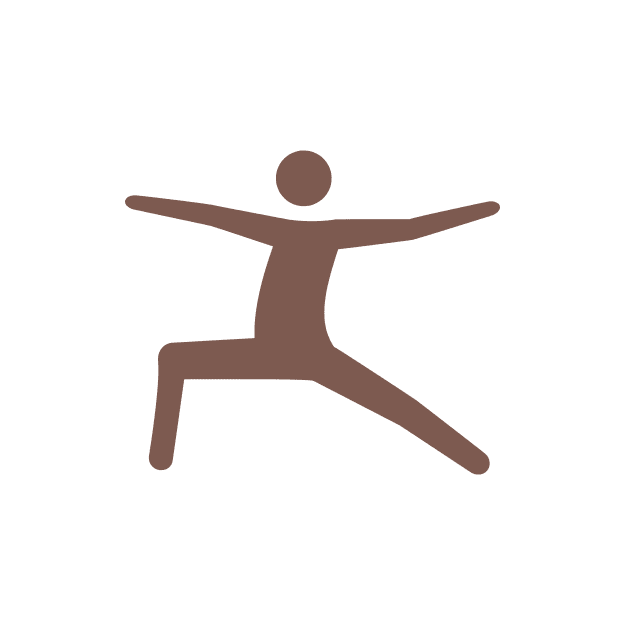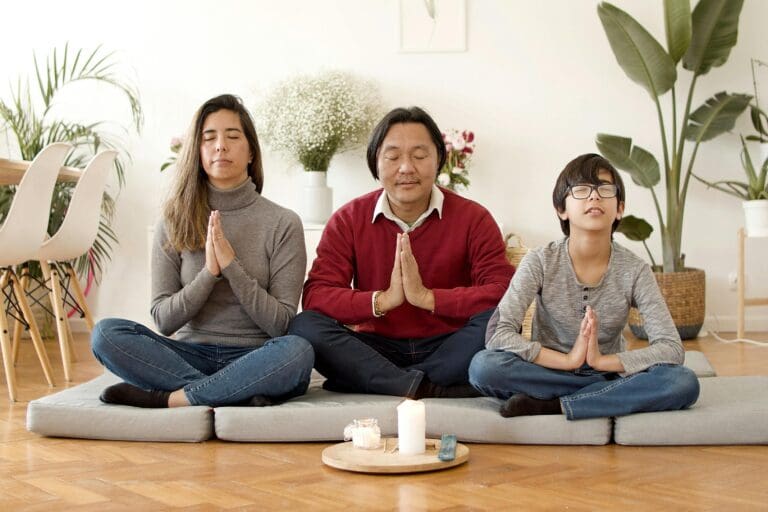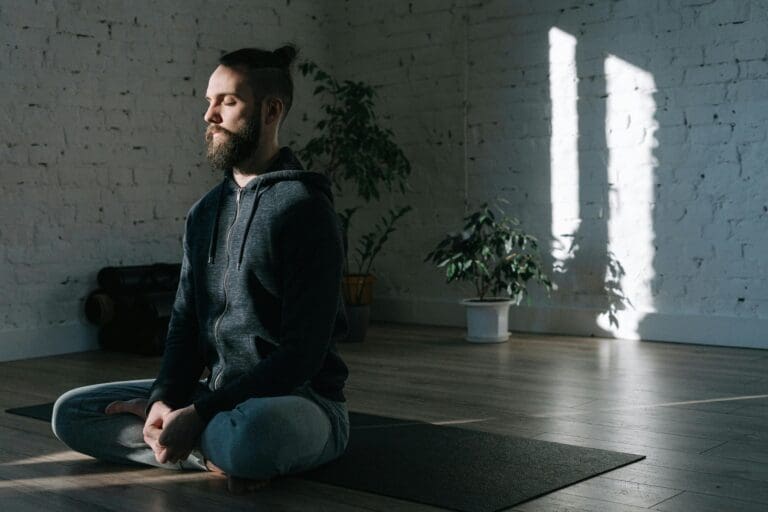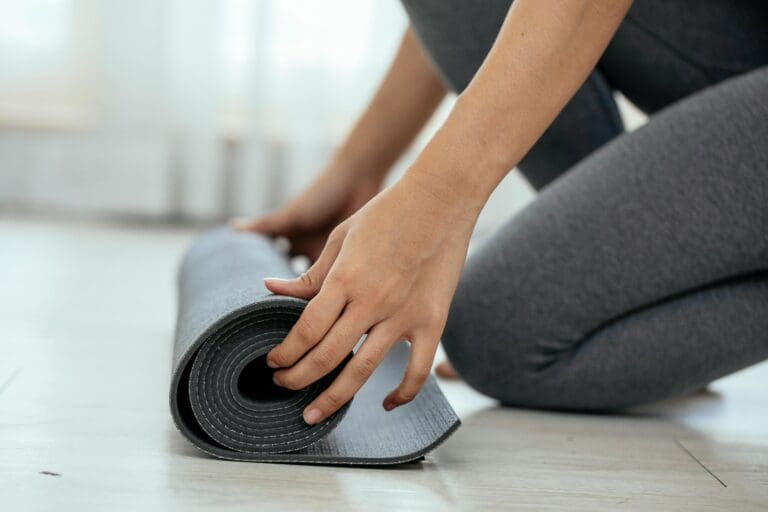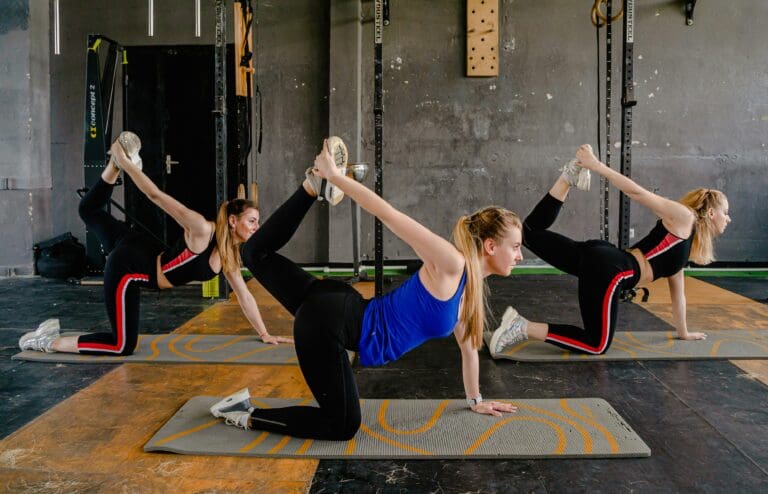What is Yoga
Yoga is simply making physical postures, breathing and meditation to get physical, mental and spiritual well being.
The word “yoga” is from ancient language Sanskrit and means “to join” or “to unite” the body and consciousness.
Yoga has evolved over time and there are many types of yoga today. A yoga class can offer many styles, Vinyasa, Iyengar, Bikram etc. for different levels and goals.
History
Yoga has a history of over 5,000 years. The word “yoga” is from Sanskrit word “yuj” which means “to unite” or “to join”.
This ancient practice originated in India where it was used to harmonize the body, mind and spirit. The earliest evidence of yoga practices can be found in Indus Valley Civilization around 3000 BCE where yoga postures have been depicted in the artifacts.
As yoga evolved it branched into many styles and traditions. One of the most significant milestones in the history of yoga is the work of ancient Indian sage, Patanjali who systematized yoga into what is known as the 8 limbs of yoga.
These 8 limbs are detailed in his text “Yoga Sutras” which includes ethical guidelines (yamas), personal observances (niyamas), physical postures (asanas), breathing techniques (pranayama), sense withdrawal (pratyahara), concentration (dharana), meditation (dhyana) and absorption (samadhi).
This framework has influenced the practice and philosophy of yoga as we know it today.
Yoga Philosophy and Principles
More than just a series of physical postures, Yoga is a philosophy to unite the body, mind and spirit.
At the core of this philosophy are the 8 limbs of yoga as outlined by Patanjali in the “Yoga Sutras”. These limbs are the foundation for overall well being and spiritual growth.
The first limb, yamas, are ethical principles like non-violence (ahimsa), truthfulness (satya) and non-stealing (asteya). These guidelines help us build a foundation.
The second limb, niyamas, are personal observances like cleanliness (saucha), contentment (santosha) and self discipline (tapas) which help us to grow inwardly and become more aware of ourselves.
The third limb, asanas, are physical postures that prepare the body for meditation and spiritual practices.
The fourth limb, pranayama, are breathing techniques to control the breath and calm the mind. The fifth limb, pratyahara, is sense withdrawal from external distractions so we can go deeper within.
The sixth limb, dharana, is concentration, training the mind to focus on one point. The seventh limb, dhyana, is meditation, cultivating inner peace and awareness.
The eighth limb, samadhi, is absorption where we merge with the divine and experience unity and enlightenment.
Benefits of Yoga
Yoga practice can increase energy, improve athletic performance and reduce injuries. Different yoga poses target specific muscle groups and increase flexibility and strength.
Yoga can detoxify organs, improve posture and release endorphins that improve mood.
Yoga benefits vary depending on the style and frequency of practice.
Yoga can be tailored to suit individual needs and goals and is for all ages and abilities.
Types of Yoga Styles
Traditional Yoga Styles
Hatha yoga
Hatha yoga is the general term for most yoga styles, focusing on asanas (postures) and pranayama (breathing exercises).
Hatha yoga classes are beginner friendly and slow paced, focusing on alignment and breathing. You’ll learn basic postures and breathing techniques. It’s like your first steps into the world of yoga.
Vinyasa yoga
Vinyasa yoga is a dynamic style of yoga that links movement with the breath, used in flow yoga classes.
Vinyasa yoga classes are fast paced and focus on synchronizing movement with the breath. You’ll flow from one pose to the next. It builds strength and flexibility.
Ashtanga yoga
Ashtanga yoga is a system of yoga that involves a set sequence of asanas, always in the same order. It’s a physically demanding practice that requires discipline and focus.
Iyengar yoga
Iyengar yoga is a style of yoga that focuses on alignment and props. You’ll use props like blocks, straps and blankets to help you achieve the correct posture. It’s a great style for those who want to focus on details.
Kundalini yoga
Kundalini yoga is a style of yoga that involves repetitive movements, dynamic breathing, chanting and meditation. It awakens your spiritual energy.
Specialized Yoga
Restorative yoga
Restorative yoga is a static style of yoga that focuses on relaxation and stress relief. You’ll hold passive poses for longer periods, often using props to support your body.
Yin Yoga
Yin Yoga involves holding passive poses for longer periods, targeting the deeper tissues of the body. It’s a great way to improve flexibility and reduce stress.
Hot yoga
Hot yoga, also known as Bikram yoga, is a yoga style that involves a specific sequence of 26 postures performed in a heated room. The heat helps to increase flexibility and detoxify the body.
Power Yoga
Power Yoga is a physically demanding practice that combines elements of Ashtanga and Vinyasa Yoga. It’s a great workout for building strength and endurance.
Acro Yoga
Acro Yoga combines yoga, acrobatics and Thai massage. It’s a fun and challenging practice that requires trust and communication with a partner.
Yoga for All Ages
Yoga is a versatile practice that can be modified to suit all ages so it’s for everyone.
For kids, yoga classes are fun and games based, often incorporating activities that promote flexibility, balance and coordination. These classes help children develop physical awareness and mindfulness from a young age.
For teenagers, yoga classes focus on strength, flexibility and self awareness. These classes often focus on confidence and self esteem, incorporating meditation and deep breathing to help manage stress and emotional challenges.
For adults, yoga classes aim to improve physical, mental and emotional well being. These classes may focus on strength, flexibility and balance or stress and overall health. Whether you want to unwind after a long day or build physical endurance, there’s a yoga style for you.
Senior yoga classes improve flexibility, balance and mobility particularly in older adults. These gentle classes involve stretches and movements that increase range of motion and reduce the risk of injury.
By modifying poses to suit individual abilities, senior yoga classes provide a safe and supportive environment for older adults to maintain their health and vitality.
Common Myths about Yoga
Despite its popularity, there are still many myths about yoga that may stop people from trying it. One of the common myths is that yoga is for flexible or athletic people.
In reality, yoga is a practice that can be modified to suit all levels of flexibility and ability. Many yoga classes offer modifications and props to make it comfortable for everyone, regardless of their physical condition.
Another myth is that yoga is a religion. While yoga has its roots in Hinduism and Buddhism, yoga is not a religion itself. Yoga is a spiritual and philosophical practice that can be practiced by people of all faiths and backgrounds. It’s about personal growth, mindfulness and well being, so it’s universal.
Some people think yoga is for the young. But yoga is a practice that can be enjoyed by everyone.
Many yoga classes are best for older adults, flexibility, balance and mobility. These classes provide a safe and supportive environment for seniors to practice yoga.
Yoga Equipment and Gear
You can practice yoga with minimal equipment but some yoga props and accessories can enhance your practice.
A yoga mat is a must have, provides grip and cushioning for your joints in the postures. Blocks and straps are useful tools that support the body in various postures, to deepen the stretches and improve alignment.
For restorative yoga classes, blankets and meditation bolsters are a must have. These props support the body in restful postures, to relax and rejuvenate. They create a comfortable space for you to fully unwind and restore your energy.
When it comes to attire, comfort and flexibility is the key. Choose clothing that allows full range of motion, like t-shirts and leggings.
Avoid anything too baggy or loose, it will get in the way of your practice. Breathable, moisture wicking fabrics are best, you’ll stay cool and dry during the class.
Don’t wear anything too tight or constricting, it will restrict your movement and cause discomfort. Having the right gear and attire can improve your practice and enjoy it more.
Which Yoga is Right for Me
What are your goals, what do you want to achieve? Is it flexibility, stress reduction or strength?
What are your physical limitations and health concerns and which style is suitable for you?
You can always try out different styles and classes to see what works for you. Listen to your body and feel how you are during and after practice.
